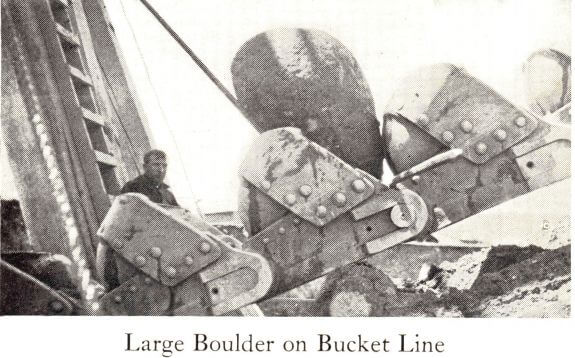

In order to capture as much gold as possible, dredge operators and small-scale placer miners alike added mercury to their sluice boxes because gold and mercury bond chemically to form what is called an amalgam. The orderly piles of waste rock the dredges left behind as they moved across the landscape are called tailings. They did the same work as earlier placer techniques but on an industrial scale, scooping thousands of cubic feet of gravel each day, washing it in revolving tumblers with water from all angles, and running it through multiple sluice boxes. The earliest gold dredges in Alaska arrived in the 1910s, and by the 1930s several dredges were imported to mines along the Yukon River. Moving gravel by hand is arduous work and often placer gold exists in very small quantities, so it is no surprise that gold miners turned to steam-powered and then diesel-powered machines to make poor ground profitable.


 0 kommentar(er)
0 kommentar(er)
